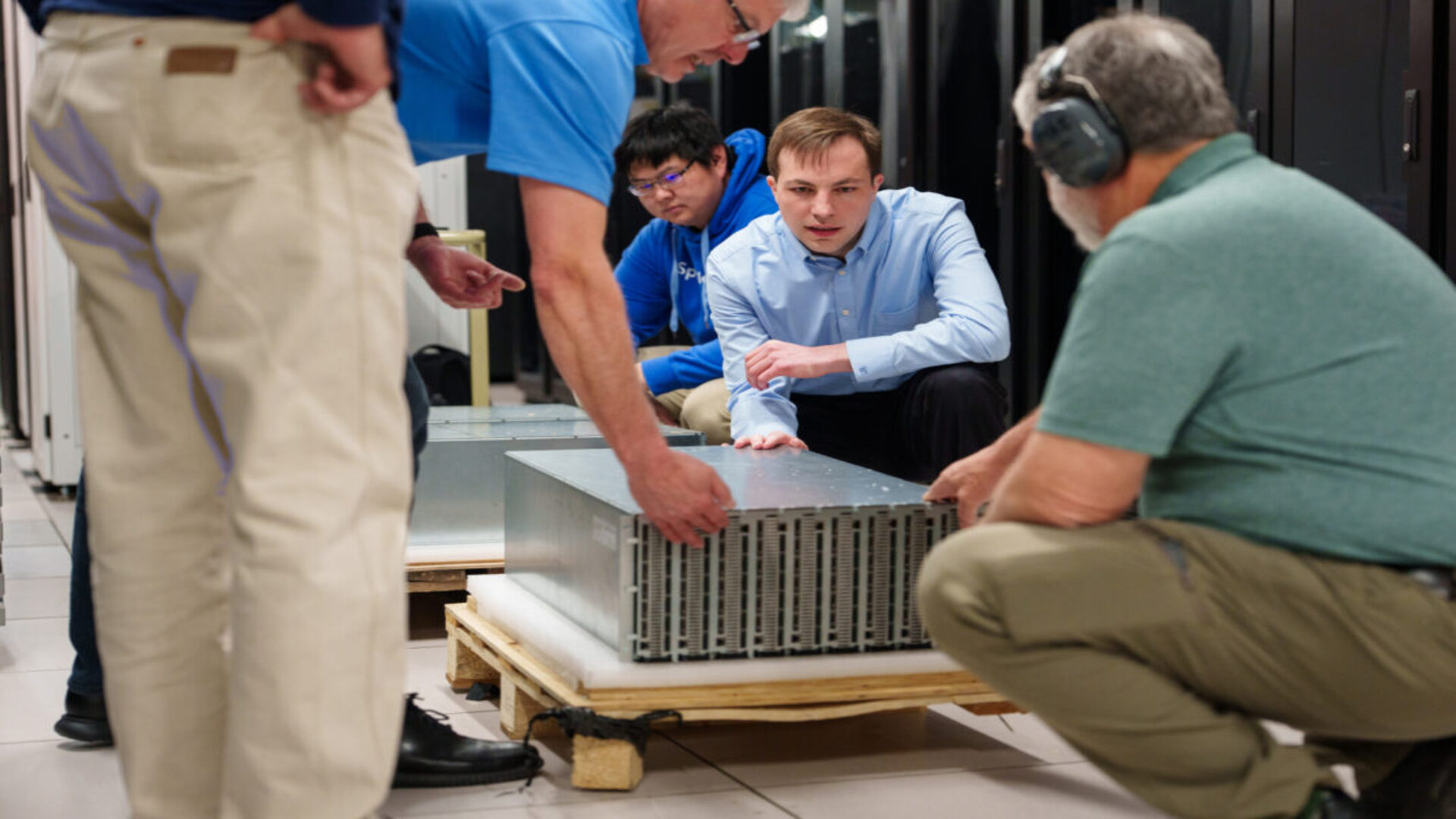Neuromorphic Marvel: Inside the Next-Gen Supercomputer with No OS
Unveiling the Neuromorphic Genius
SpiNNaker 2, short for Spiking Neural Network Architecture 2, is a product of cutting-edge technology that promises to revolutionize computational efficiency. This system employs a unique design inspired by the human brain's structure, allowing it to execute complex computations with unprecedented speed and accuracy.

How SpiNNaker 2 Mimics the Human Brain
Unlike conventional supercomputers, SpiNNaker 2 doesn't rely on an operating system or disk storage. Instead, it utilizes 152 cores per chip, each working in parallel to mimic the neurons in a human brain. This approach allows SpiNNaker 2 to process data more efficiently, akin to how our brains process information.
“The real breakthrough is achieving a blend of efficiency and speed that echoes the functioning of the human brain,” said Professor Steve Furber, one of the brains behind the project.
The Technology Behind SpiNNaker 2
Key technological innovations that make SpiNNaker 2 a marvel include:
- A disk-less design, eliminating the need for traditional storage solutions.
- Absence of an operating system to enhance processing speed.
- Hierarchical structure using 152 cores per chip for maximum parallelism.
SpiNNaker 2: Real-World Applications and Potential
Potential applications for SpiNNaker 2 are as revolutionary as its technology, spanning realms from artificial intelligence to neurological data processing, offering powerful resources for tackling tasks traditionally out of reach for conventional computing systems.
For a deeper exploration of neuromorphic technology's implications, check out related works like Neuromorphic Engineering.
Future Directions: Broader Horizons for Neuromorphic Computing
The implications of SpiNNaker 2's success could drive further advancements in other areas such as robotics and biotechnology. Research is underway to expand its applicability to more diverse fields, resonating the transformative potential of neuromorphic computing design.
Scientists and developers can keep abreast of these developments through platforms like LinkedIn and other professional media showcasing advancements in this domain.
Further reading and updates can be found on BBC Technology and visual inspirations on YouTube.
For those who'd like to dive deeper into the amazing world of brain-inspired computing, industry experts compile comprehensive guides and discussions on Amazon's selection of books on neuromorphic designs.
